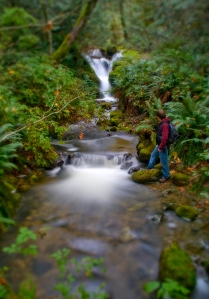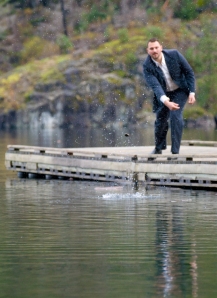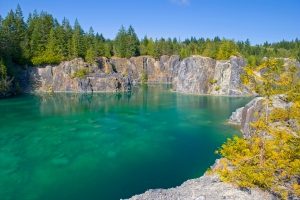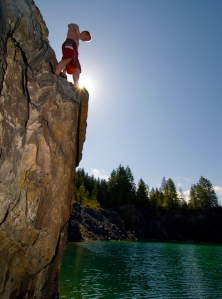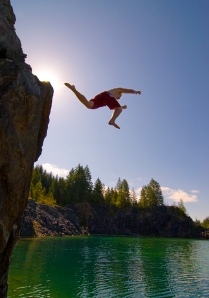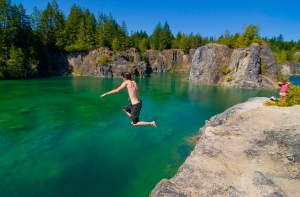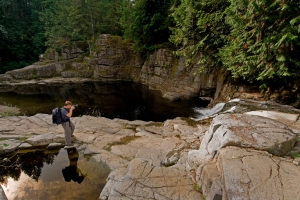I keep getting asked how I get my images to look as “crisp” and “sharp” as they appear to be. First, I point them to my workshops page and ask them to consider professional instruction. After all, that is exactly how I started several years back. Then, I let them know that proper focus is the most critical element of crisp, sharp imagery. I know, duh right. But, without proper focus right at image capture, your image is dead in the water. Period. So start by having a good read of your camera manual and get to know its capabilities with respect to focus (focus points, auto vs manual modes, etc). My good friend and Discover BC Photo Tours co-founder Kelly Funk has done a great two-part tutorial on the topic of focus, so I will simply recommend you have a look here.
So, you’ve signed up for a workshop AND you have read Kelly’s blog so many times that you could recite it blindfolded, while standing on your head, if so asked. You are now creating images that are properly focused (and properly exposed of course). But, your images still aren’t smoking sharp and crisp. What now? Two words that should from this point forward be forever entrenched in your brains: Unsharp Mask.
Contrary to its name, the Unsharp Mask tool in Photoshop is an application used to sharpen images. It helps to emphasise texture and details and I use the Unsharp Mask tool (to varying degrees) to finish almost every image I create. It is usually the last step in my work flow before I consider an image done. How does it work? Who cares. But, if you find you do care, then you can learn more about the science of the application right here. In the meantime, for those that just want to see how to apply it and what immediate results it can produce, let’s move on. Unsharp Mask can be found in most photography editing software, but I’ll use Photoshop for the sake of this tutorial.
Start Photoshop and open up an image that is properly exposed and in focus. In the top tool bar, click on “Filter” tab and under the drop down menu, hover your mouse over “Sharpen”. A list of sharpening options will appear, select “Unsharp Mask.”
The Unsharp Mask window will come into your screen view. You will see three options; Amount (%), Radius (pixels) and Threshold (levels). For me, Radius is always at 1.0 pixels and threshold at 0. It is the Amount lever that I play with depending on the intensity of sharpening I want. I usually add at least 50%, but normally I would add about 100 % to most images. I have gone as high as 175 % in rare cases. Play around and see what results you get. The Preview button lets you see the results before applying the Mask.
Now, you may not see dramatic changes (especially at 50 %) to your image in full view. Where you will really see the difference is when you are zoomed into a particular scene within your image.
You can really notice new detail on the leaves in the forest foreground after the Unsharp Mask was applied.
So have fun with the tool. It may take a little time and practice to really understand the full dimensions of it, but you will notice immediately that your images appear sharper, crisper and more rich in texture and detail.
Now, about that workshop you need to sign up for… 🙂








